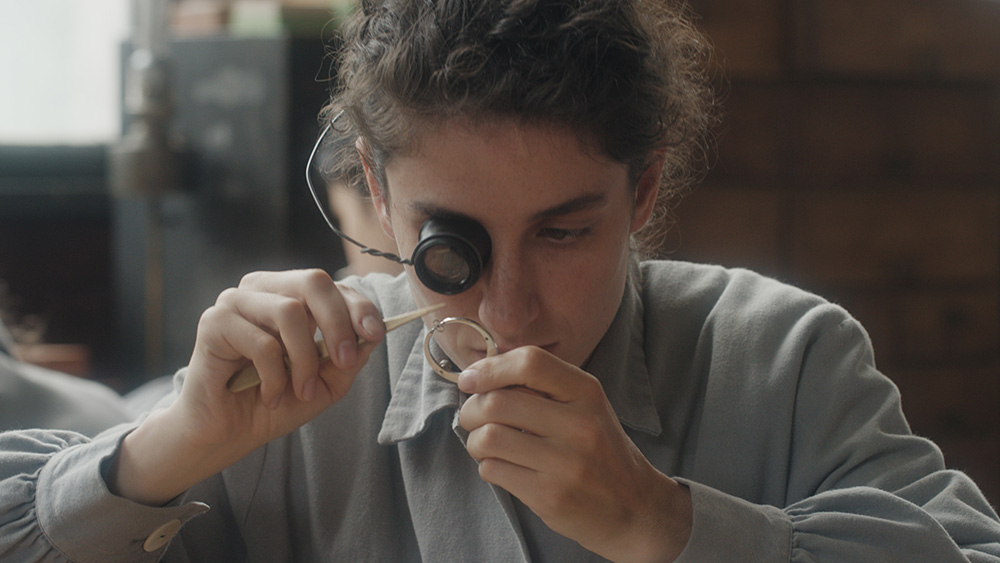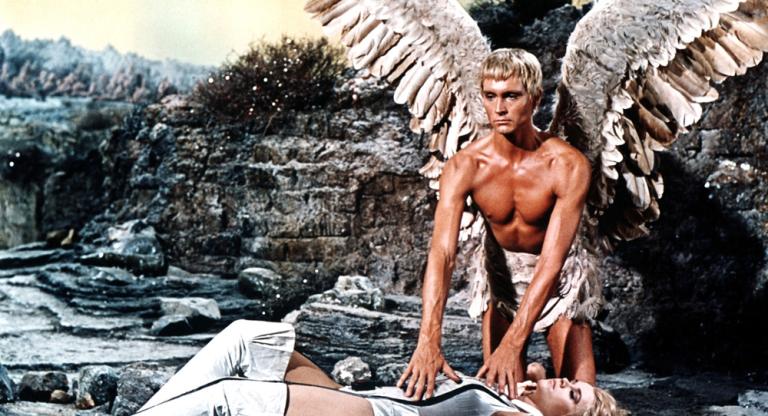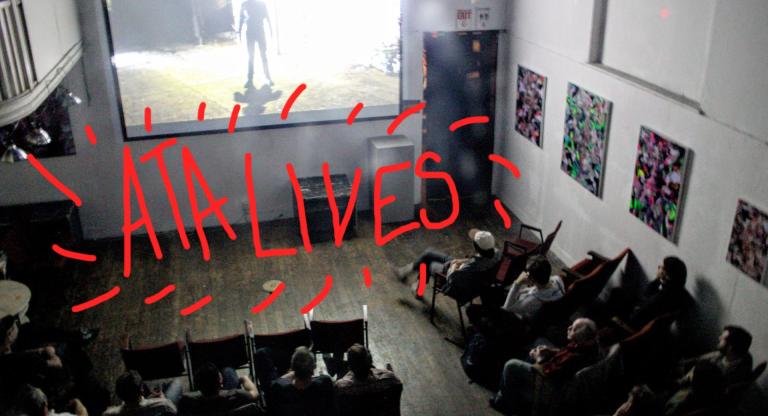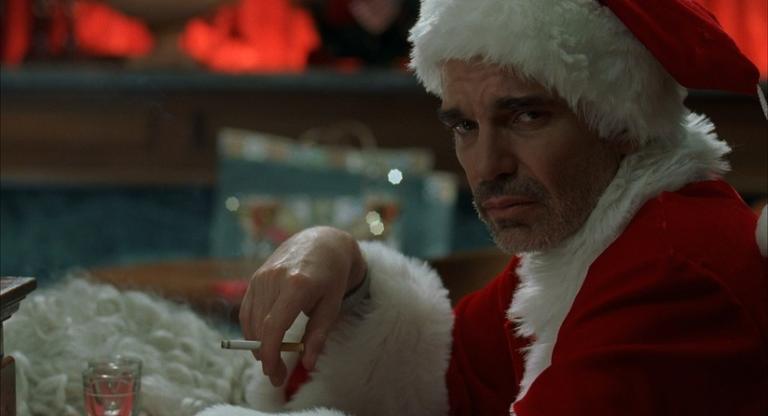Cyril Schäublin’s wondrous Unrest (2022) grows from a singular historical fact: after spending time in a watchmaking region of Switzerland in the 1870s, Russian revolutionary Piotr Kropotkin declared himself an anarchist. “After a week's stay with the watchmakers, my views upon socialism were settled: I was an anarchist,” he wrote in his memoirs. Kropotkin wasn’t reacting to the proto-Fordian clockwork routines of local factories—he was inspired by their thriving worker movements, a hotbed of socialist thought in a huge global export industry. St. Imier, the picturesque Jura Mountains setting of Unrest, played host to the first Anarchist International, which staked out alternate positions to the Marx-Engels establishment (look for a 150th anniversary gathering this summer).
In the vividly imagined film, the round-spectacled Kropotkin (Alexei Evstratov) is visiting town as a cartographer, but, with him, we look and listen and notice much more. He crosses paths with a watch factory worker, Josephine (Clara Gostynski), whom we see going through her day. The area is in the throes of technological advances, turning every exchange into a hectic adventure of the rapidly mutating present: telegraphs, trains, photography, watches—the town somehow has multiple time zones, including one just for the factory.
Schäublin observes Josephine and Piotr as figures in a greater canvas, where political fervor might be percolating but there’s a hush in the air, letting us focus on clutches of conversation. An award-winner at last year’s Berlinale, Unrest felt like a truly original discovery, though its askew eye for detail builds on Schäublin’s debut feature, Those Who Are Fine (2017). I talked with the filmmaker first in Berlin and then again before Unrest showed at the New York Film Festival, where we chatted from a perch over the panorama of a busy Lincoln Center plaza.
Nicolas Rapold: Switzerland might not be the first place that comes to mind as a cradle of anarchist thought. What was the context for that?
Cyril Schäublin: We've tried to show a bit in the film that Switzerland was still surrounded by monarchies: Italy, Germany, but also France, which was very repressive, and Austria, of course. Switzerland was a very young state and trying to be democratic, whatever that meant—it was only for men, of course. But they had freedom of the press in the constitution, and it was taken seriously. So a lot of anarchist or socialist literature was printed in Switzerland. That was one reason why many Russians came to study in Zurich. The first revolutionary Russian circles were in Zurich. Die Freiheit, the German anarchist newspaper, was printed in Switzerland and smuggled to England and the U.S. And there was a book about how to build bombs yourself.
NR: Like an Anarchist Cookbook?
CS: It’s by a German anarchist, Johann Most. It’s a crazy book [The Science of Revolutionary Warfare] with a lot of dangerous information. They tell you where you can find certain seeds that are heavily poisonous. The idea of the book is to give affordable ways of making bombs or poison. A Russian member of the anarchist group, Narodnaya Volya, who first tried to assassinate the Tsar, blew himself up while building a bomb with quicksilver in the woods. And the Austrian empress [Elisabeth, a.k.a. Sisi, the subject of Corsage (2022), among other movies] was killed in Geneva by an Italian anarchist. Anyway, Kropotkin himself was exiled from Switzerland later.
NR: One cliché about Switzerland is that it’s very orderly. But you have these anarchist rumblings, and wasn’t Dadaism created there?
CS: I think precision and insanity are really close somehow. And I don't think anarchism is about disorder. I think it's about creating parallel or new orders.
NR: This is a good point.
CS: That was really the intention. Have you heard of Adhémar Schwitzguébel, who also appears in the film? He was one of the prominent Swiss anarchists, who was a watchmaker. He was respected by different sides, and he wrote a lot of interesting texts, with new ideas of how to organize a village. He was a very orderly person—very anarchist and very orderly.
NR: You come from a family with several watchmakers. Did you interview anyone for the film?
CS: Yeah, I talked a lot with my great-uncles, my great-aunts, and my grandmother, when she was still alive. My great-uncle is 96, and he told me a lot about how his mother did “unrest” work. I spent so much time talking to people and meeting people from the watchmaking industry.
NR: How did you first encounter Kropotkin’s story?
CS: I collaborate with my brother, who's an anthropologist. When he was at Oxford, there was some hype around anarchist theory of the 19th century. I'm sure you know people in New York who are into Kropotkin. I told him the information I gathered from my meetings with people, and he was really helpful with how to transform this. And there was also just the question of who can tell history and how do you position yourself in that question when you make a movie. This was really important for me. I hope that viewers can choose how to put things together for themselves and see what's happening.
NR: I love the way you film Kropotkin, Josephine, and the surroundings in these wide shots. You seem to like things to be a little off-center. What’s the thinking behind that?
CS: I think this kind of framing could suggest that where you look is a choice, and that how you direct your mind is a choice you make. What I really love about Kropotkin is that he wrote an amazing book called Mutual Aid. It's about mutual aid systems in animals, plants, and humans. It was a reaction to the struggles that Darwin wrote about. He did not deny Darwin’s thinking, but he said that the question is, within the Darwinistic idea, do you focus on the struggle or on the aid? Because Darwin also mentions aid systems. Kropotkin’s book is a collection of aid systems, not conflict systems. And this is something I think about a lot: what happens when you spend time with something like that in your mind?
NR: I was really struck by how many conversations in the film take place in public spaces, which the wide shots emphasize. Was it important to you to convey the sense of a common area and open discourse?
CS: I’m really interested in random, daily, routine language. In my last film, they talk for almost the entire film about health insurance and getting better internet—you know, this language that we speak all the time but I've never really seen in a film. For this film, I thought, OK, there must have been a kind of random language in the 19th century. Not everything was very meaningfully put—“And now we are talking . . . ” That was the language I was searching for, a kind of marginalized language. And I think it was important to show the side scenes of the 19th century, not the big stuff. Not bombs and people shooting at each other but, somewhere in a Swiss watchmaking town, people talking about these things, or about random, marginal things. Put them in the center and see what happens.
I think we’re in a really decisive moment right now—maybe as decisive as the 1870s, actually—because we also have new technologies restructuring the idea of society and how we organize ourselves. And it's important how we think about history and what went wrong, and what information we choose to put at the center of our thinking. This is also what the film talks about. There are some people who want to do a reenactment of the Paris Commune in the film. Others want to reenact a battle. What do you take from the past that you consciously and unconsciously reproduce in a culture and in a society?
NR: Somehow this reminds me of this recurring thing in the movie where people are staging an official photo of the watch factory, and Jospehine can’t walk through to work. And the police officers also don’t want Kropotkin to be part of the picture.
CS: Florian Eitel, who was our historical advisor, talked a lot about Benedict Anderson, the American historian who wrote a book called Imagined Communities. He says that nations, for example, are imagined communities. And here you had people trying to imagine a national community and people trying to establish an anarchist community. In his book, Anarchist Watchmakers in Switzerland, Florian has an interesting term: Gegenöffentlichkeit or Parallelöffentlichkeit. It's like a parallel public space. He says that the anarchists tried to build another public space that was accessible to everybody. And this idea with the photography was maybe trying to illustrate that a bit. Like, who can claim an objective reality and say, “This is our town”? Who has the right to claim a public space, and who defines where you are?
This brings me to something which is really important, because many women in my family worked producing the “unrest” wheel. It's so much harder to reconstruct female biographies of the 19th century than male biographies. So it’s also very important to me to present the lives they've spent in the factory doing this work, and also to talk about how they're not allowed in the picture in this very man-made state.
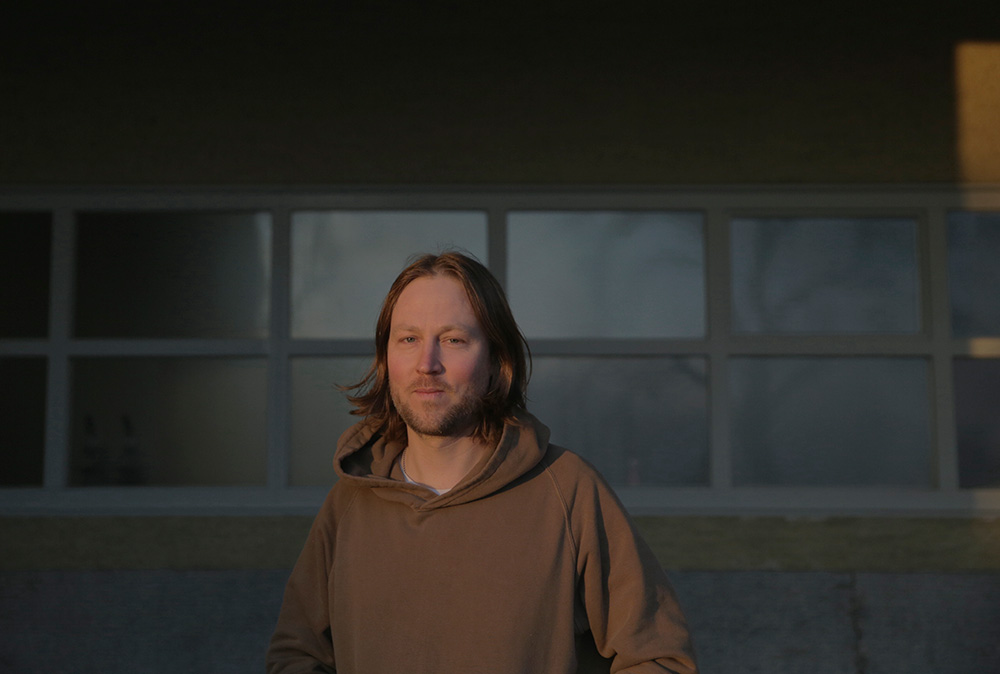
NR: How did you cast Clara Gostynski as Josephine, the main factory worker we follow?
CS: We are friends. She’s an architect, and we've had discussions about everything. She wrote an architectural theoretical book called Territories of Care,, a beautiful piece that gave me good ideas about the film. Sometimes when I look at people, or myself, I don't feel like I'm talking. It feels more like the language is talking through me, or through people, and not that they’re talking the language. So you don't think about what you're saying. This idea that language is going through us is very important, because I wanted to invite other languages, other knowledge, into the film. So Clara is an architect, one of the police guys is a truck driver and a farmer. He comes from the valley where the anarchist movement took place originally. Switzerland has so many farmers. He has so much land, and if you have land, you’re loaded. It's strange because for a long time Switzerland was not a rich country. It was very peasant-like, just working-class and farmers. There’s a big gap between how my grandparents grew up and the economy exploding after the Second World War.
NR: Why did you cast nonprofessionals? The police officer, the factory owner guy—they’re great.
CS: The idea was to reconstruct situations from the 1870s with people from the present, and to see how they do it—for example, when they exclude people from voting. That's something that's still happening in our society. I worked with friends of mine, farmers, people I met when I was looking for locations. And I said, “Just be yourself and be like you when you work.” The wealthy guy is played by a friend of mine, Valentin [Merz]. He’s the kind of person who always smiles, everything’s fine. He just wins people over. This was important because when I asked my family or other people about their relation to the director of the watch factory where they worked, most of them said, “He was such a nice, caring, sweet person.” Which is absurd because that person was earning 70 or 80 times more than them. So I was interested in this kind of soft power, or caring oppression. Not brutal and aggressive, but soft and nice.
NR: A dangerous kind of power.
CS: And more efficient in the end. More brutal in some way.
NR: How do you approach setting up these wide shots?
CS: I mean, those shots are very precisely prepared. I need that because when we film, I'm happy for everything to be possible. So it's very fragile and unstable, which I like. But I need the frame to be stable. [A group of teenagers start racing and chasing each other in front of us, against the monumental Lincoln Center backdrop.] Look at that person, so energetic! Full batteries.
NR: I wonder what it would be like to frame this scene [gesturing at the plaza panorama].
CS: I could do something. I like to take a lot of photographs, 35mm. I have two cameras: a Rolleiflex, the small one, and a Leica with a zoom. I always like black holes. You see that trash thing there? And this black thing. I really like that. I would take that. I would go from really far from here with a very long zoom, like 600, 700, and get the window in the back and the strange stone and maybe the tree in the front. Then the people there talking. That's what I would do right now.
NR: I like that!
CS: I would like to make something in the U.S. one day. It's so cinematically occupied that it's almost impossible to do anything on top of it. I'm really interested in the question of images as a construction, and maybe putting different images together, like, creating possible images of what could be.
NR: You’ve said that James Benning was a big influence. Did you take his “Looking and Listening” course?
CS: Yeah. He was a returning visitor to the Duisburg documentary film festival. I think he has family from the Ruhr part. He gave that class there while the festival was happening, and they would take two students from every German film school. I applied, they took me, and it was great. I even founded a James Benning group after that in Berlin, to continue this activity. I still try and do it. James Benning and Lav Diaz were both really important for me. [Benning] started the class asking everybody to describe the kitchen where you live when you were five years old. And it’s a choice, what you remember from your kitchen.
NR: Objects are one way of representing the past, but so are actions—like the way people built watches.
CS: Maybe it's also a question of What do we know about anybody at all? What do we know about each other? It's this big, beautiful question. Thinking about my great-aunts, my great-grandma, the people I talked to, I really felt how that was their life—their days passing by, doing this again and again and again. That was what it was all about.
NR: The substance of their days.
CS: They were doing it all of their life. They weren't sitting in Lincoln Center, having a coffee. And that was very important to me, to give that space. It’s a Simone Weil subject, in her book La Condition Ouvrière: the rhythm of the machines and the numbers and the timing and all this, and our bodies that are all different. That's a relationship which I find very interesting, because in the film you see people; they're not like robots, they are not machines. They're people. I could look at that for a long time.
NR: I like that Josephine explains at one point how the “unrest” mechanism works.
CS: Clara really likes plans. I honestly could not explain it to you. I did not inherit this mechanics thing. I have to be grateful forever to Clara, because she got into it, trying to understand how it works.
NR: The title of the movie has a double meaning. Unrest (or Unruhe) is part of the watch mechanism, but “unrest” is also the term used—
CS: For political unrest. It’s the same in Swiss-German, only in the plural, unruhen. Political unrest on the streets, riots. It’s also bizarre because in English, the mechanism is called a “balance wheel.” So it's the other way around: it's balancing the chaos. It's kind of a strange movement. I mean, have you seen it?
NR: I have.
CS: It always looks like it’s one step behind. It's . . . disturbing.
Unrest screens through May 11 at Film at Lincoln Center. Its director, Cyril Schäublin, will be in attendance at the evening shows on May 5–7.
